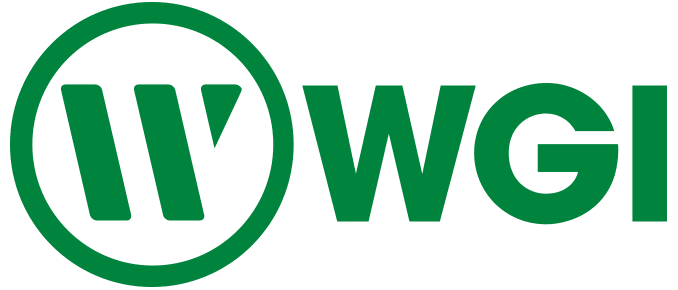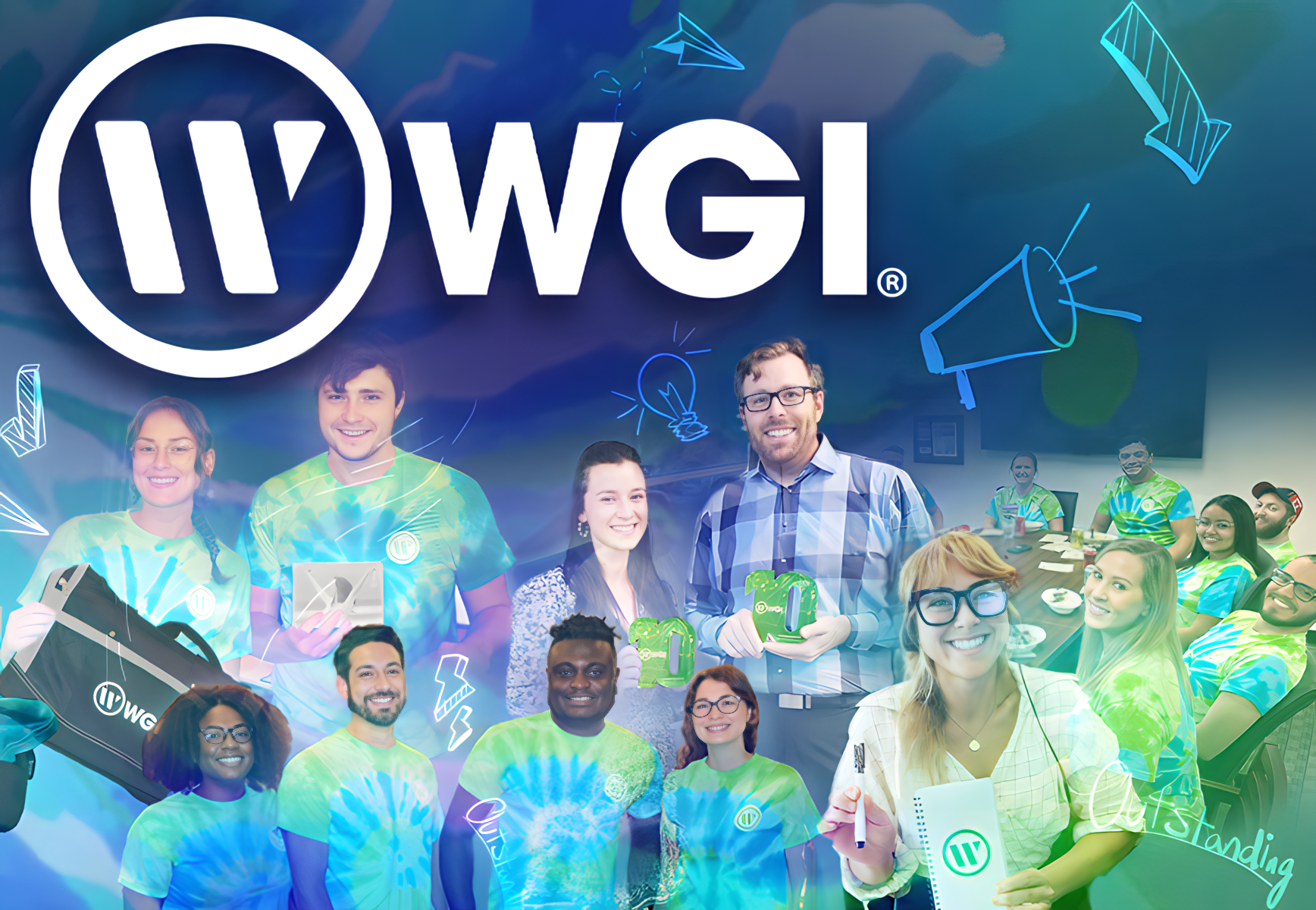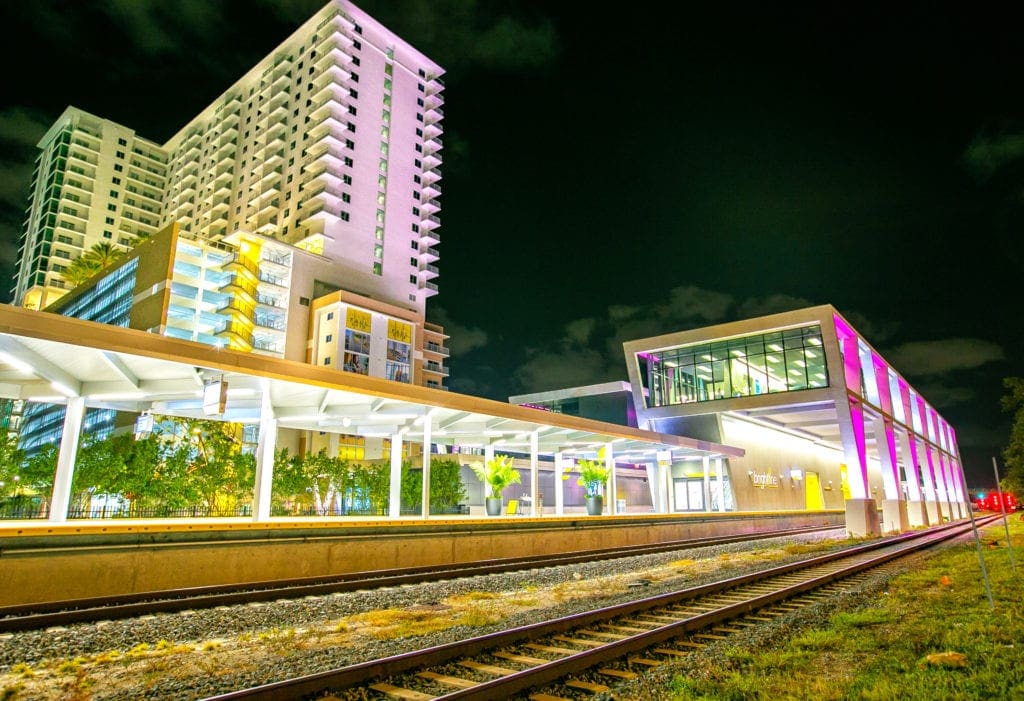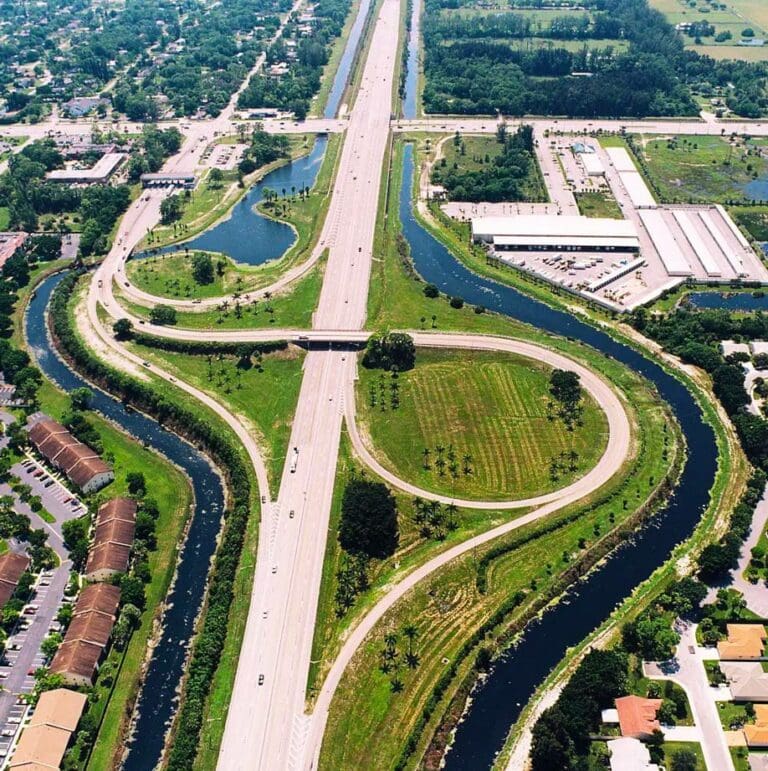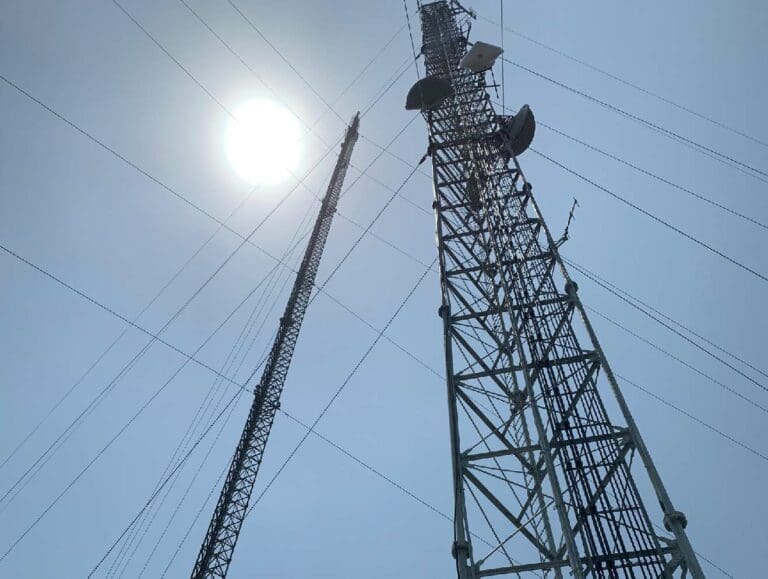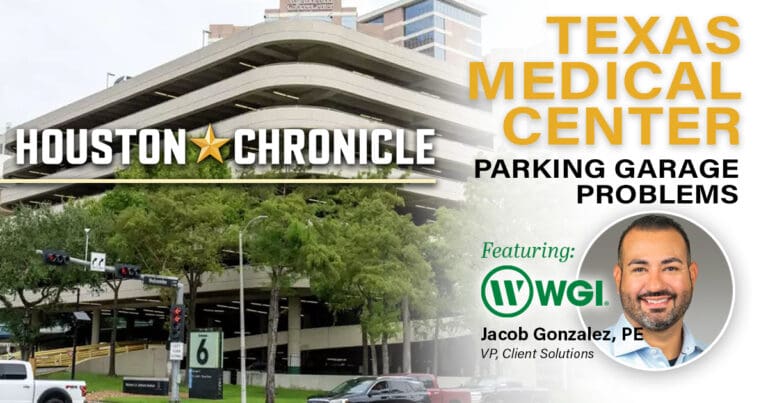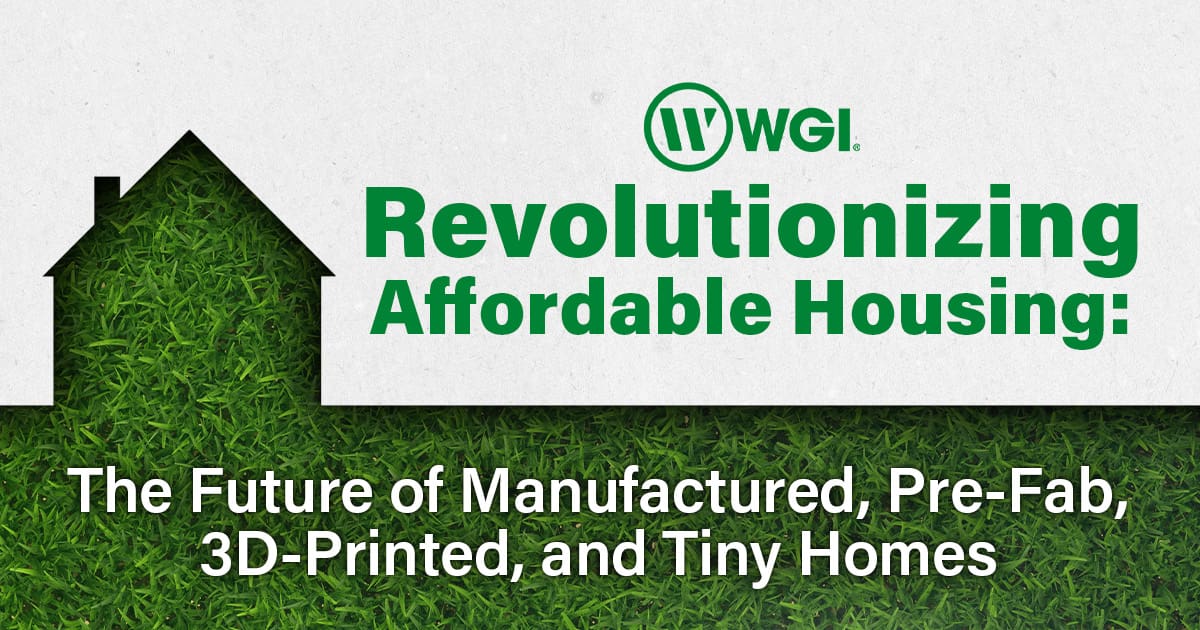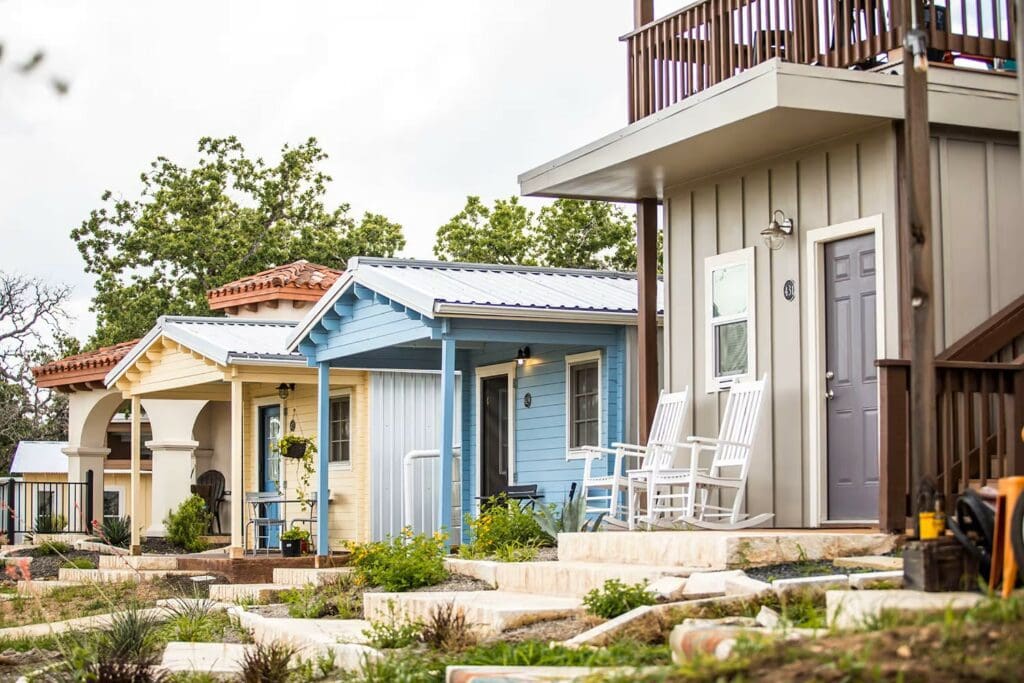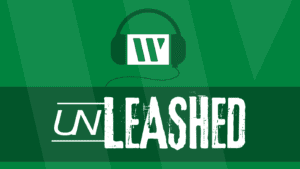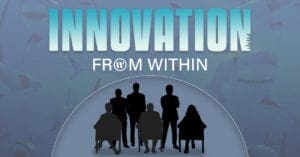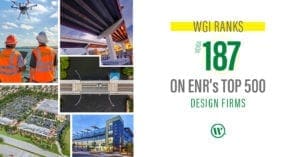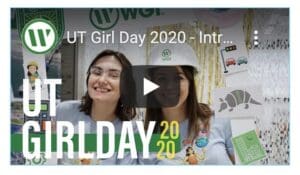The 2008 recession and the COVID-19 pandemic of 2020 brought about significant challenges in the housing market, and even now, many potential homebuyers and property renters face limited financing options. In response, developers have been exploring innovative ways to provide affordable housing options.
One of the most promising avenues is through the use of manufactured, pre-fab, 3D-printed, and tiny homes. These approaches not only reduce costs but also allow for quicker construction and increased flexibility in design.
The Need for Affordable Housing in Austin, Texas
As the cost of traditional housing continues to rise, many individuals and families find themselves priced out of the market.
In cities like Austin, TX, where the cost of living has consistently grown over the last few years, finding affordable housing can be especially challenging. However, developments like the Community First Village and ICON’s 3D-printed homes are changing the landscape of affordable housing in the area, providing options for more ultra-affordable and accessible alternatives to conventional housing types.
Community First Village
Community First Village, located on 51 acres in northeast Travis County, provides permanent housing and a supportive community for individuals coming out of chronic homelessness. Developed by Mobile Loaves & Fishes, this transformative residential program not only offers housing but also empowers the surrounding community to engage in service with the homeless, including on-site job opportunities and supportive services.
Currently home to more than 370 formerly homeless individuals, Community First Village is expanding to accommodate over 500 individuals who once struggled to survive on the streets of Austin. By providing affordable housing in a supportive community environment, Community First Village is changing lives and addressing the pressing need for housing options in the area to lift people up out of homelessness, while also creating a meaningful and fulfilling experience.
ICON 3D Printed Homes
In 2018, ICON, in partnership with housing non-profit New Story, delivered the world’s first permitted 3D-printed home during SXSW in Austin, TX. Since then, ICON has continued to innovate in the affordable housing space, 3D-printing more than 140 homes and structures across the United States and Mexico.
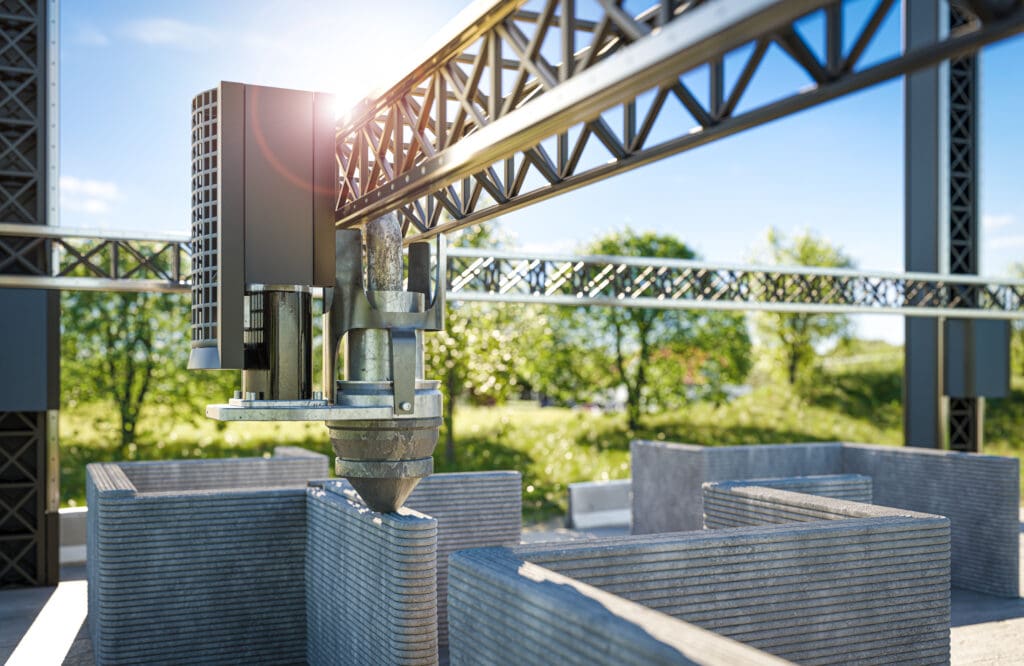
ICON’s latest advancements include a suite of technologies designed to further automate construction. This includes a new robotic printer capable of multi-story construction, a low-carbon building material, a digital catalog for residential architecture, and an AI Architect for home design and construction. These technologies make construction faster, more sustainable, and more affordable, revolutionizing the way affordable housing is built around the world.
The Benefits of Manufactured, Pre-fab, 3D-Printed, and Tiny Homes
- Lower Cost: By utilizing manufactured, pre-fab, 3D-printed, and tiny homes, developers can significantly reduce construction costs. These homes are often quicker to build and require less labor compared to traditional construction methods. Additionally, the ability to mass-produce components in a factory setting further reduces costs.
- Quicker Construction: Manufactured, pre-fab and 3D-printed homes can be constructed much faster than traditional homes. With pre-fabricated components, homes can be assembled on-site in a matter of days rather than months, reducing construction time and costs.
- Increased Flexibility in Design: One of the key advantages of these alternative housing methods is the flexibility in design. Whether it’s a tiny home, a pre-fabricated unit, or a 3D-printed structure, developers and homeowners have more options when it comes to customization. This allows for greater creativity in design while still maintaining affordability.
Designing and Permitting Affordable Housing Developments
When it comes to designing and permitting affordable housing developments, there are several considerations to keep in mind, especially when developing on a single legal lot.
- Site Plans vs. Subdivisions: Developing affordable housing as site plans, rather than subdivisions, offers several advantages. By consolidating development onto a single legal lot, developers can reduce costs associated with access roads, utilities, and infrastructure. This results in cheaper per-unit costs for both the developer and the buyer, making affordable housing more accessible.
- Infrastructure and Utilities: When designing affordable housing developments, it’s important to consider infrastructure and utilities. By utilizing site plans, developers can minimize the costs associated with these elements by consolidating them into a single legal lot. This reduces the overall cost per unit, making the development more affordable for buyers.
- Permitting: Permitting is a critical aspect of any housing development. By working closely with local authorities and adhering to zoning regulations, developers can streamline the permitting process for affordable housing developments. Additionally, by opting for site plans over subdivisions, developers can simplify the permitting process and reduce costs.
Contact Our Team
Manufactured, pre-fab, 3D-printed, and tiny homes offer a promising solution to the affordable housing crisis. By leveraging innovative construction methods and design techniques, developers can provide high-quality, affordable housing options for individuals and families in need. Projects like Community First Village and ICON’s 3D-printed homes in Austin, Texas, are leading the way in revolutionizing affordable housing and providing hope for the future. With continued innovation and collaboration, we can create communities where everyone has access to safe, affordable housing.
At WGI, we’re revolutionizing affordable housing with our advanced manufactured, prefab, 3D-printed, and tiny home-building techniques. Our expertise empowers developers to create sustainable, innovative, and accessible multifamily complexes and personal residences – Contact our team today to learn about WGI’s commitment to transforming housing markets by delivering cost-effective, forward-thinking living solutions for diverse community needs!

